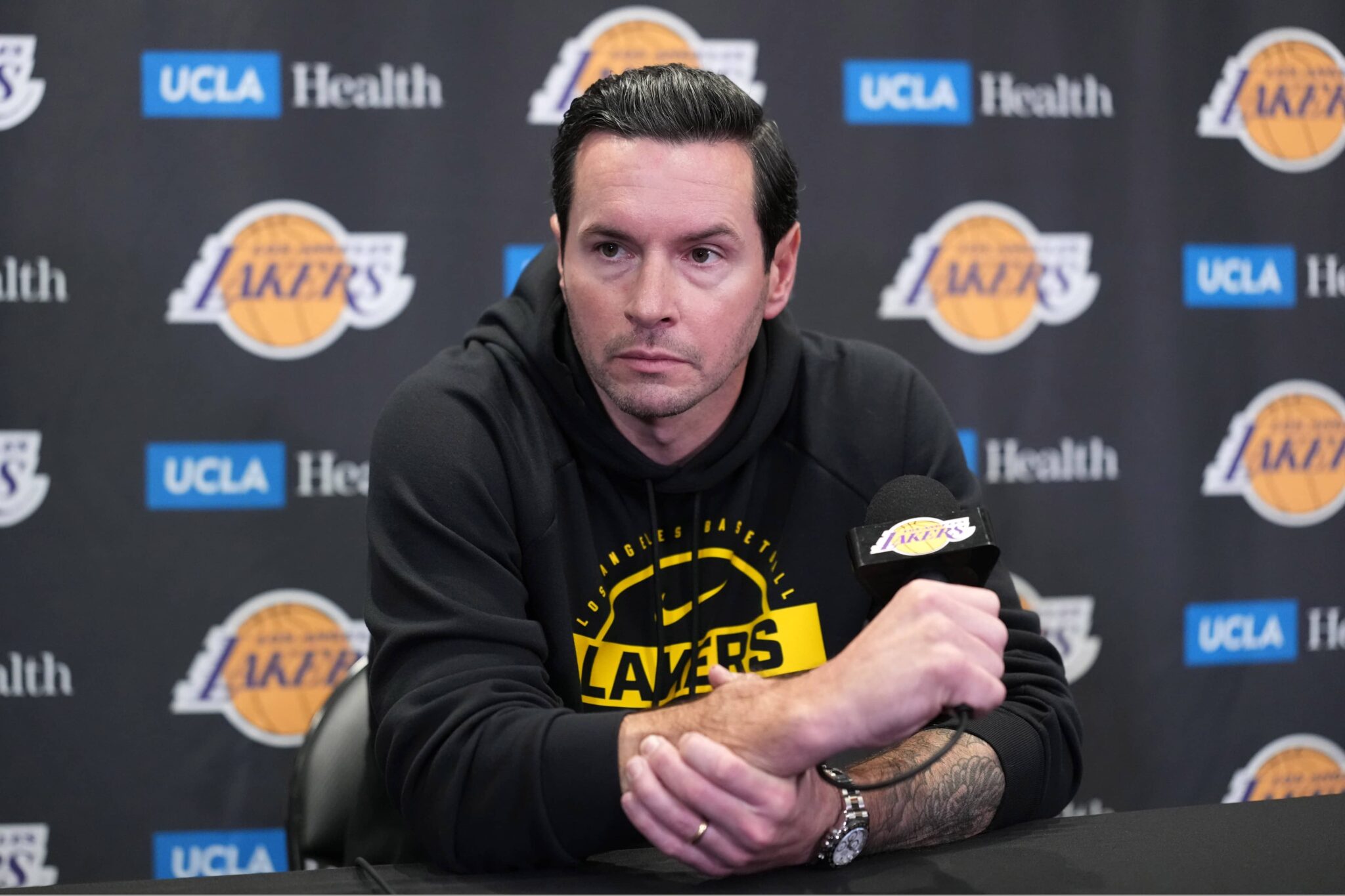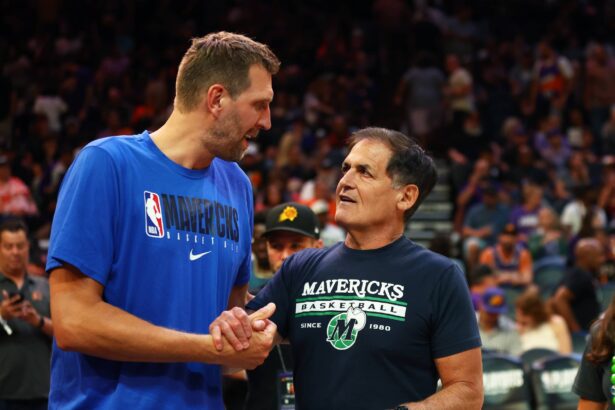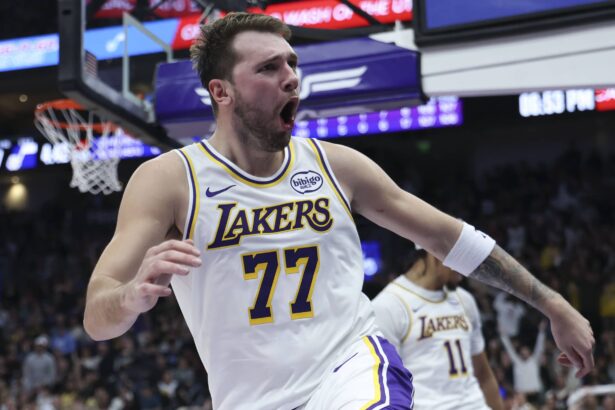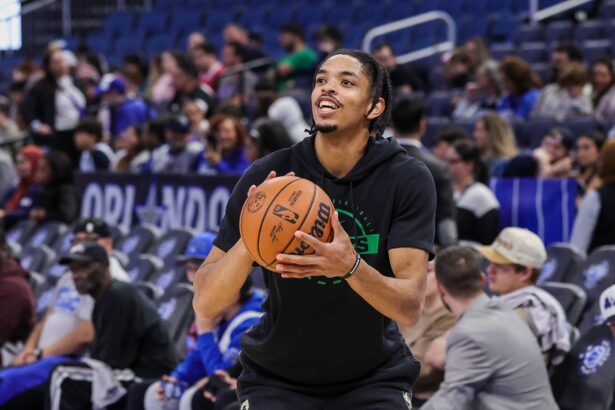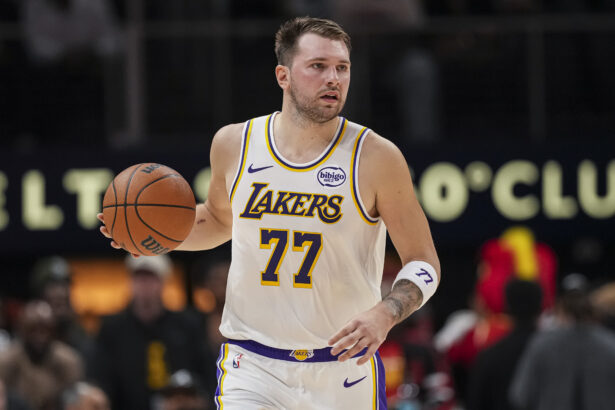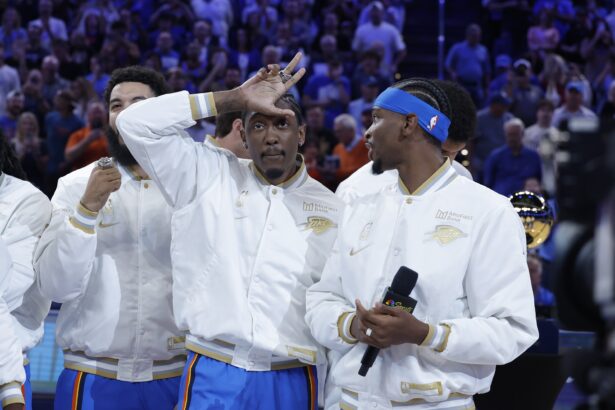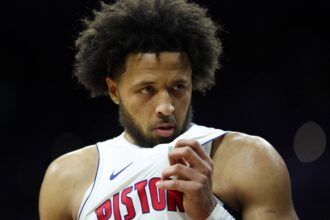The Los Angeles Lakers have opened the season with a bang, and a big part of that has been Deandre Ayton.
The former number one pick has been the anchor for everything in the paint. His efficiency, size, and consistency have given a foundation for the Lakers to play through while Luka Doncic, Austin Reaves, and LeBron James handle the creation load.
That’s why the right knee injury sends a big concern through the locker room. Ayton limped off after rookie Ace Bailey crashed into him, and for the first time this year, the Lakers looked unsure of what they’d be without him.
It’s not hard to see why. Before the injury, Ayton was averaging 16.5 points on nearly 70% shooting from the field while grabbing 8.8 rebounds a night. He’s been the definition of reliability. So if he misses significant time, JJ Redick will have to replace him in the starting lineup.
There are two clear paths.
The first option is the straight swap lineup. It brings back the familiar starting group that helped stabilize the team last season after Luka Doncic arrived.
Point Guard: Luka Doncic
Shooting Guard: Austin Reaves
Small Forward: Rui Hachimura
Power Forward: LeBron James
Center: Jaxson Hayes
This gives them a familiar look. Hayes gives the Lakers a vertical threat and some shot-blocking. He might not be the scorer that Ayton is, but Hayes is the like-for-like swap.
The challenge here is offense. Hayes doesn’t draw defensive attention the way Ayton does, and he doesn’t score with the same level of efficiency around the rim. That means the Lakers will need Luka, Reaves, and LeBron to manufacture even more half-court opportunities.
The spacing also shrinks when Hayes is on the floor, putting pressure on everyone to knock down shots at a higher clip.
The second option is going small, and it’s the version that could help the Lakers’ shooting more than anything.
Point Guard: Luka Doncic
Shooting Guard: Austin Reaves
Small Forward: Marcus Smart
Power Forward: LeBron James
Center: Maxi Kleber
This version changes the entire feel of the team. Smart adds ball pressure and gives Reaves and Luka room to breathe defensively. Kleber opens the offense by dragging opposing centers outside the paint, which helps Luka more than anyone. It also allows LeBron to slide into the four, where he’s historically been one of the most punishing matchup problems in the league.
Of course, going small comes with risks. Rim protection takes a hit, rebounding gets tougher, and teams with dominant bigs can punish this lineup inside.
Without Ayton, the Lakers already lose their most reliable interior presence, and going small only adds to that issue. Still, this lineup could supercharge their offense, help their spacing, and allow them to play faster. If the Lakers want to address the shooting issues Redick has highlighted, this is the lineup that helps do that. It’s bold, but it fits the way this roster is trending.
Both lineups offer a clear identity. The Hayes version is safe and familiar. The Kleber version is bold and modern. Which path the Lakers choose may depend on Ayton’s recovery timeline, upcoming opponents, and how aggressive Redick wants to be adjusting on the fly.
What’s certain is that the Lakers can survive this stretch as long as Luka, LeBron, and Reaves stay in their natural roles. The lineups around them might change, but the core of the team stays the same. And until Ayton returns, that stability is what they’ll need most.

